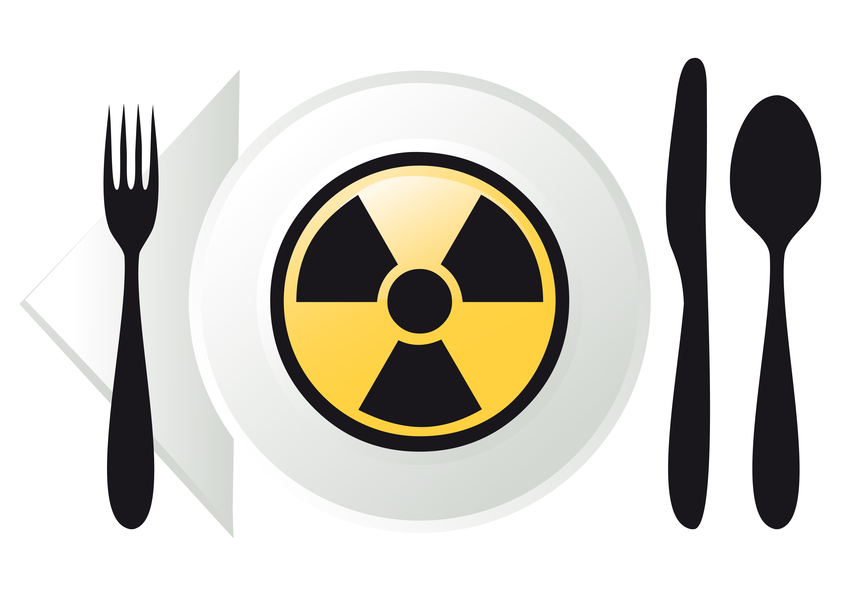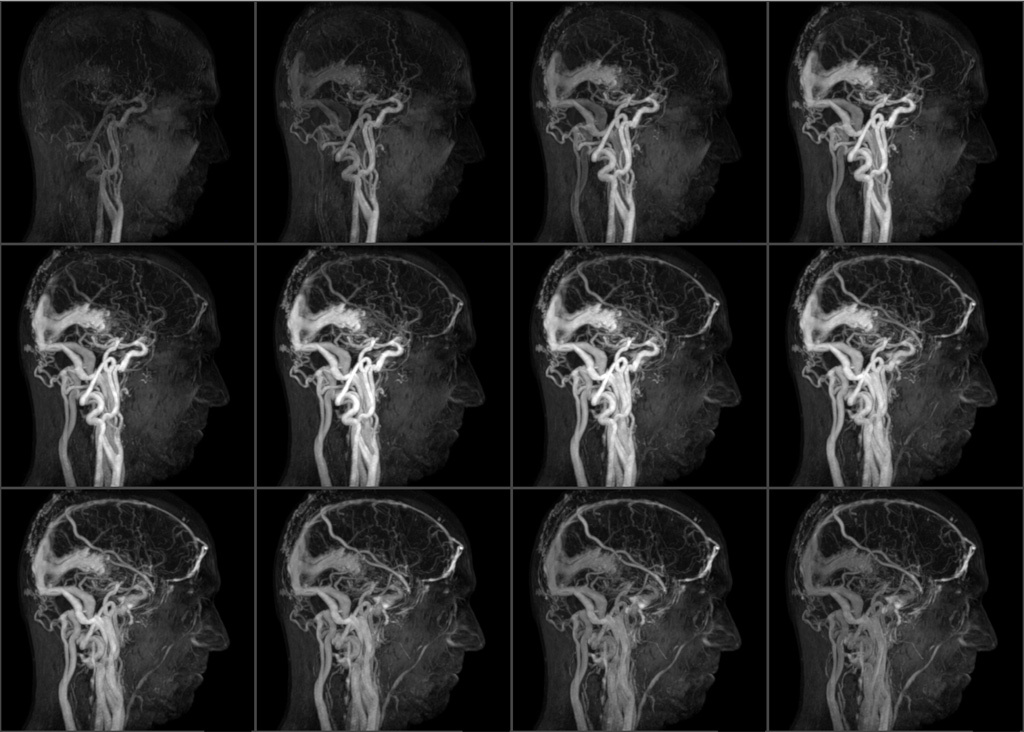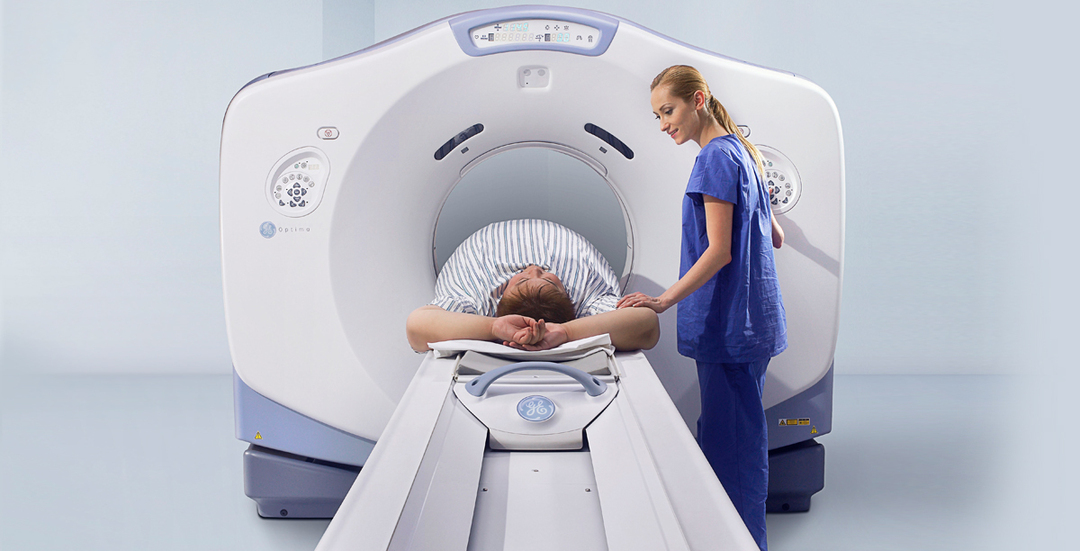Computed tomography of the lungs
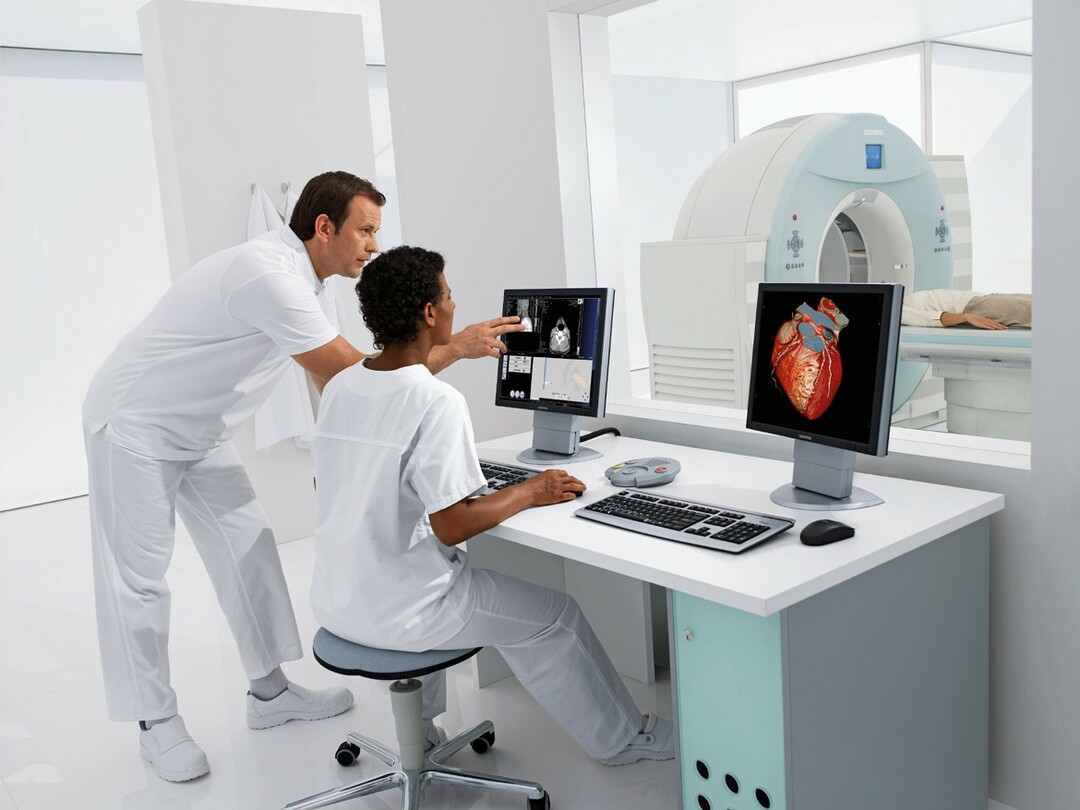 Lung diseases are still one of the most common pathologies that affects all of humanity.The cause of this problem lies in the environmental pollution of air, the accumulating waste of industry, car exhausts, nuclear power products, the consequences of wars, industrial accidents, disasters, etc.A huge number of people get bronchopulmonary pathology, regardless of the current level of medical care.There are new diseases, and long-known "younger".
Lung diseases are still one of the most common pathologies that affects all of humanity.The cause of this problem lies in the environmental pollution of air, the accumulating waste of industry, car exhausts, nuclear power products, the consequences of wars, industrial accidents, disasters, etc.A huge number of people get bronchopulmonary pathology, regardless of the current level of medical care.There are new diseases, and long-known "younger".
Note: is an important factor in the successful treatment of pulmonary ailments, early detection of the pathological process.Here, of course, radial diagnostics is the key to solving the problem.
Classical radiology techniques allow identifying lung diseases in doubtful cases.But medical science is looking for new ways, trying to improve existing ones.Computer tomography just refers to the types of diagnostics, which without exaggeration can be called a revolutionary breakthrough in the methods of determining diseases.
Table of contents: Computer tomography of the lungs: what is the method of examination Why is CT scan of the lungs so important and what does it show? Indications for computed tomography. General contraindications How is the CT scan performed? Tomography of the lungs of infants and young children Spiral computed tomography of the lungsMethodCT has existed since 1972, its technological base is constantly being improved and updated with developments that provide invaluable services to doctors in theLe setting correct diagnoses to patients.
We recommend you to watch the video "Types of X-ray of the lungs - digital X-ray, fluorography, computer tomograph":
Computer tomography of the lungs: what is this survey method?
Computer tomography of the lung is a dynamic method of investigation based on the passage of X-rays through the human body andObtaining a series of images of the specified sections, after which it is possible to compile an integrated picture of the existing disease.This type of diagnosis allows you to thoroughly "feel" all the departments and segments of the lung tissue, bronchial "tree" and also assess the condition of the heart and blood vessels, mediastinal organs.
Why is computerized tomography of the lungs so important and that it shows
? The need for a survey is decided by a radiologist, specialist in thoracic surgery, pulmonologist, phthisiatrist, most often collegially.
Diagnostic procedure helps physicians:
- detect and establish precise localization, size, consistence of chest, mediastinal tumors;
- to draw a clear distinction between the centers of tuberculosis and neoplastic processes in the earliest stages;
- to determine in doubtful cases pulmonary emphysema, purulent focal processes( abscesses), fistulas of bronchopleural tree;
- to distinguish an aortic aneurysm( a baglike protrusion of the vessel wall) from a tumor-like growth that adjoins this main artery;
- to observe penetration of tissues of malignant neoplasms from the neck to the organs of the thorax;
-
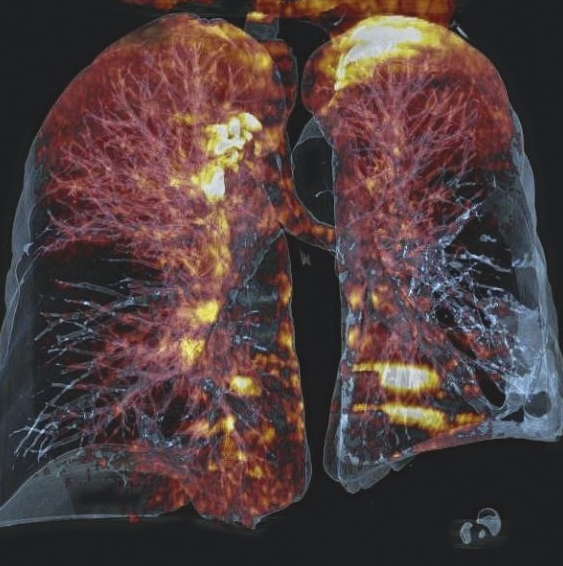 determine the primary tumor or its secondary( metastatic), and the source from which it gave rise;
determine the primary tumor or its secondary( metastatic), and the source from which it gave rise; - thoroughly analyze the condition of the lymph nodes and vessels located in the mediastinum;
- establish the stage and severity of chest diseases;
- to identify vascular problems associated with stratification of the artery wall;
- correctly predict the course of diseases and determine the tactics of subsequent treatment with a choice of method - surgical intervention, radiation therapy, chemotherapy or their combination.
Indications for computed tomography of the lungs and chest organs
CT assist is needed in doubtful cases, with suspicion of the presence of diseases in patients, and also, to distinguish them from each other( differential diagnosis).
The following pathologies are detected:
- pulmonary forms of tuberculosis;
- inflammation of the lung tissue( pneumonia) and pleura( pleurisy), also the presence or absence of pleural effusion is determined;
- benign and malignant lung tumors and mediastinal organs;
- metastases, their number and prevalence;
- emphysema of lung and bronchiectasis;
- artery aneurysm;
- pulmonary thromboembolism, other vessels;
- pathological problems of the mediastinum;
- diseases of the thymus gland and its structure;
- diseases of the sternum, ribs;
- changes in the heart bag( pericardium);
- foreign bodies in the trachea, bronchi and small bronchioles;
General contraindications for computed tomography of lungs
Importantly, : does not have any specific diseases in which there are clear contraindications to the appointment of CT.It is necessary to refrain from the diagnostic session in case of any cause of the decompensated state of the patient, which threatens his life.
CT of the lungs should not be performed with:
- hyperglycemic and hypoklikemic coma( diabetes mellitus);
- renal and hepatic coma;
- terminal stages of pulmonary failure;
- severe heart failure caused by an acute form of myocardial infarction;
- severe stroke;
- any conditions that prevent the patient from being transported from the hospital departments to the CT office;
- inadequate behavior of patients suffering from mental illness;
In each individual case, the radiologist, together with the attending physician, independently assess the possibility of conducting a survey.
How is the computer tomography session
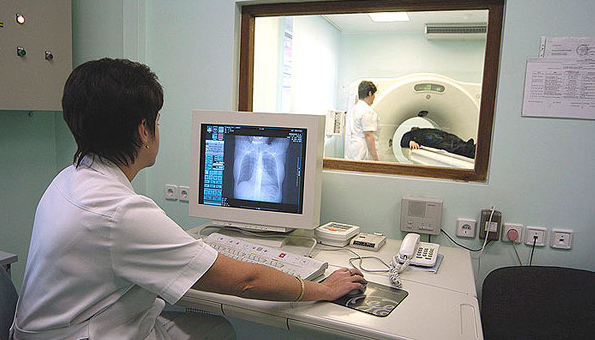 Preparation for the survey is traditional.A prophylactic-explanatory conversation is conducted with the patient.The doctor informs the patient about the possible harmful effects of radiation, explains the need for the procedure, its purpose and expected results, calms the patient.If a person has a stress reaction, then he is prescribed sedatives at night and in the morning.
Preparation for the survey is traditional.A prophylactic-explanatory conversation is conducted with the patient.The doctor informs the patient about the possible harmful effects of radiation, explains the need for the procedure, its purpose and expected results, calms the patient.If a person has a stress reaction, then he is prescribed sedatives at night and in the morning.
In the office, the patient lies on the tomograph table, he is given the necessary pose in which he can comfortably be at the right time, explain the rules of behavior and conduct a survey.
The duration of the CT scan of the lungs is 15-20 minutes on average.The patient does not experience any painful sensations.
In some cases, additional injection of contrast agents into the vascular bed is required.In this case, it is specified whether the patient had any allergic reactions.Contrasting helps to more closely examine the vascular pattern and reveal the existing pathology.The drug is injected into a vein or artery by hand, or by means of a special injector device connected to the vessels of the person being examined.
The obtained diagnostic sections-tomograms, processed by a computer, are evaluated by a radiologist within an hour.Then the conclusion together with the recording of the session is transferred to the attending physician or patient.Due to thin sections, unlike conventional radiography, it becomes possible to examine the details of the state of tissues and blood vessels, and the volume of the image helps the physician to see the process more clearly.The thickness of the slices is about 10 mm.
Is there a need for a computer tomography of the lungs to infants and young children
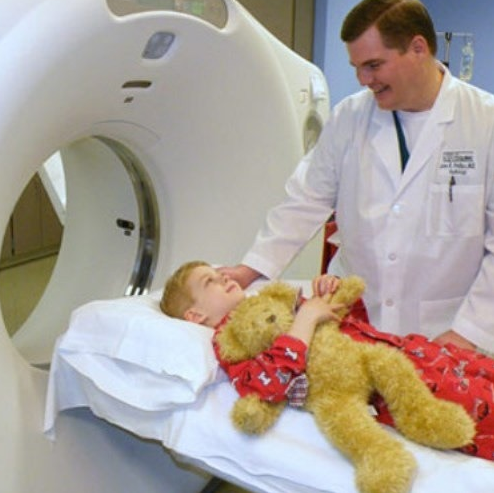 In most cases, the parents of small patients are afraid of research related to X-ray irradiation.Fears, as a rule, are exaggerated by spreading rumors about the strong harm of ionizing radiation.Let us hasten to reassure: undoubtedly, radiation risks still represent a certain danger, but the loads from X-ray technology are not much greater than the radiation background surrounding us.And if at stake is the life or health of the baby - do not give up CT of the lungs only because you have heard enough mythical "bugbear" of varying degrees of emotionality.Alas, but delay sometimes brings quite formidable and even irreparable consequences.Especially when it comes to newborns and children up to a year.
In most cases, the parents of small patients are afraid of research related to X-ray irradiation.Fears, as a rule, are exaggerated by spreading rumors about the strong harm of ionizing radiation.Let us hasten to reassure: undoubtedly, radiation risks still represent a certain danger, but the loads from X-ray technology are not much greater than the radiation background surrounding us.And if at stake is the life or health of the baby - do not give up CT of the lungs only because you have heard enough mythical "bugbear" of varying degrees of emotionality.Alas, but delay sometimes brings quite formidable and even irreparable consequences.Especially when it comes to newborns and children up to a year.
You can see how CT scans are performed for small patients in this video review:
Note: , despite all of the above, the appointment of the examination should only be for children in extremely compelled cases, when it is impossible to do without it.This applies primarily to infants, since they are most vulnerable to radiation.If possible, it is necessary to replace CT with another type of diagnosis, for example, MRI.
Spiral computed tomography of lungs
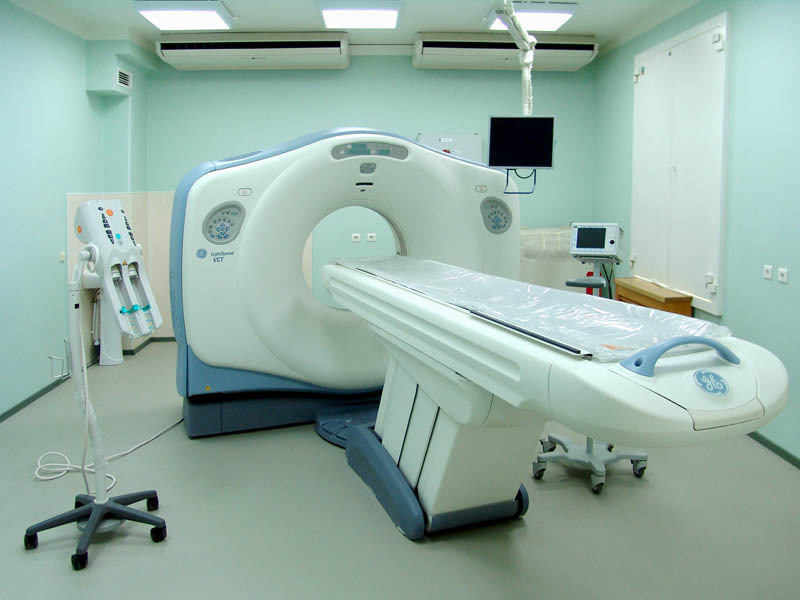 SCT is the most modern type of computer beam diagnostics.It was developed to produce high-precision images, which are achieved by the finest planar "X-ray cuts" and computer modulation of the 3D image and video.
SCT is the most modern type of computer beam diagnostics.It was developed to produce high-precision images, which are achieved by the finest planar "X-ray cuts" and computer modulation of the 3D image and video.
The result is provided by a special device of a tomograph and sensing sensors, which receive X-rays.The usual movement of the tomograph frame with the patient is supplemented by a spiral rotation of the radiator and detectors, which allow to form sections at any given angles.
The most modern spiral scanners are endowed with a large number of detectors and are called multispiral( MSCT).They make it possible to obtain a multislice picture, which gives an even clearer picture of the surveyed areas than for SCT, due to additional sections approximately 1 mm thick.The radial load is still lower than with conventional computed tomography.
The study time for MSCT is reduced.The technology of the session for 15-20 seconds, "on inhalation", that is, with a single breath delay, is developed, which makes it possible to carry out the procedure in severe patients who can not endure a long forced lying position.
Multispiral computer diagnostics can also be complemented by the introduction of contrast in the vessels.The quality of the result is increased several times by reducing the influence of wave processes in blood vessels and tissues.
On the advantages of multispiral computed tomography, the specialist says:
It should be noted separately that computer tomography diagnostics helped timely detection of severe pathology of the chest organs to very many people.This helped to conduct timely therapeutic events, which allowed patients to fully live on.
Alexander Lotin, radiologist,

